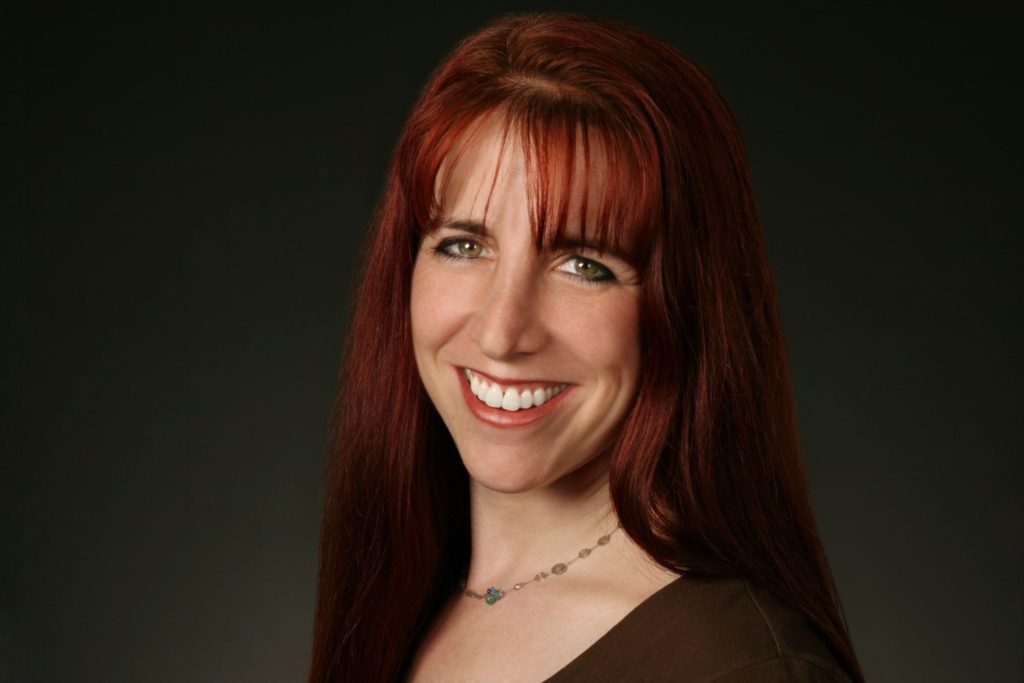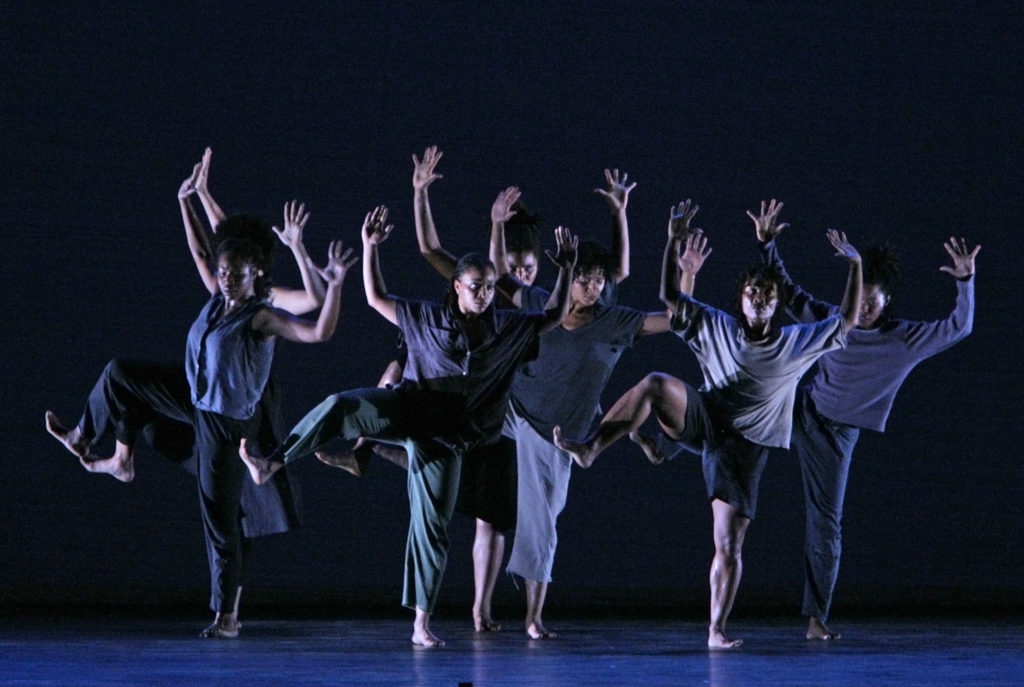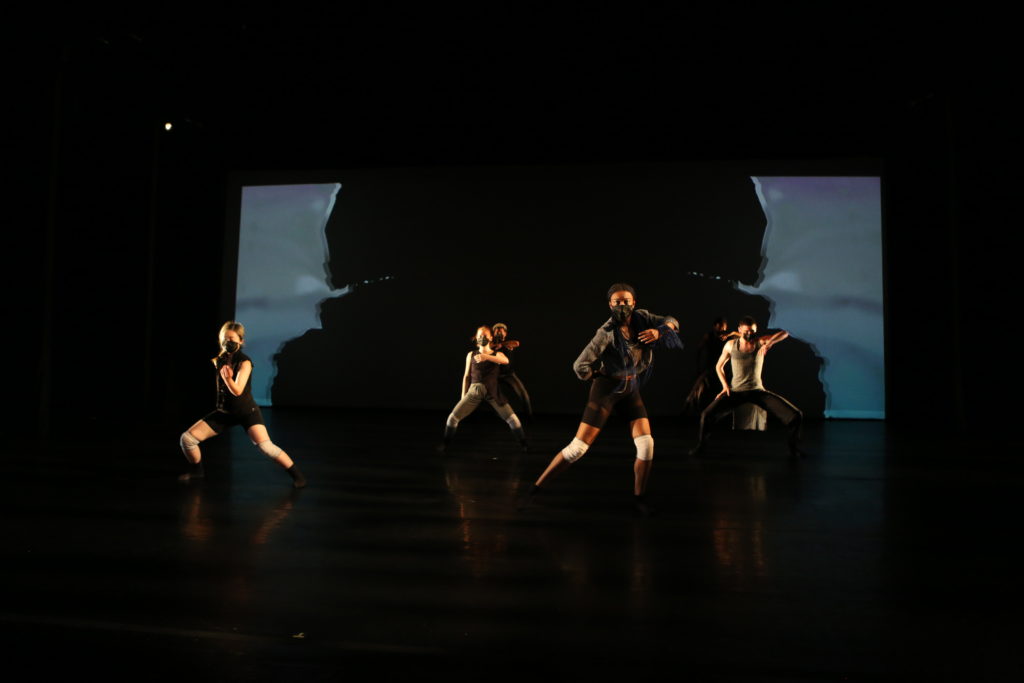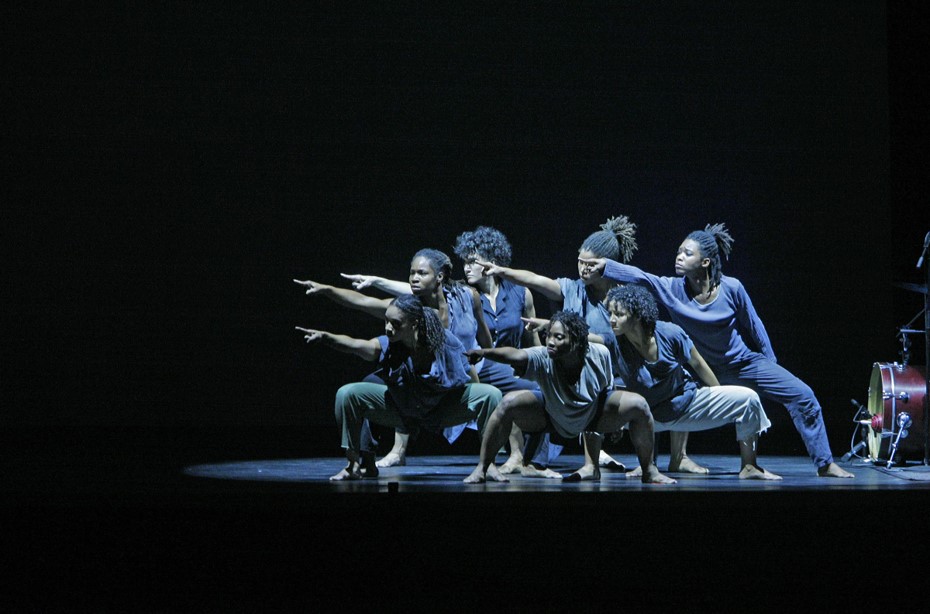
An interview with
Susan Hamburger
Susan Hamburger Design LLC
www.susanhamburger.com
About Susan
Susan Hamburger has designed the lighting for Alvin Ailey Dance Theater, Urban Bush Women, Craig Harris and has worked with such notable artists as Lucinda Childs, Mark Rucker and Mark Morris. She has also designed Sunday In The Park With George, The Mystery of Edwin Drood, On The Town, A Child’s Christmas in Wales, Little Shop Of Horrors, Suddenly Last Summer, The Great Highway, West Side Story, The Cryptogram, Hamlet, Much Ado About Nothing and Waiting for Godot as well as many other plays and performance pieces. Hamburger’s residential designs can be seen in the book Majestic Metropolitan Living: Visionary Homes in the Heart of Cities. She has also been published in Real Simple magazine, PLSN magazine and on the Rosco Spectrum website. Susan is an adjunct professor at New York University and received her MFA from Yale School of Drama.
In a conversation with the LightFair blog team, Susan Hamburger offers a glimpse into her passion for theatrical lighting, talks about where she draws inspiration for her work and offers advice for aspiring theatrical lighting designers.
How did you enter the theatrical lighting design field?
When I was at Bard College I was intending to become a literature major, but I took a right turn and ended up in the Dance Department. I really enjoyed the faculty and the dance community there in general. While learning about performance, choreography and participating in the dance concerts there, I also became interested in the backstage world of dance and theater. I worked as crew on many productions there, eventually becoming the Head Electrician. I also created an independent study with the resident lighting designer. From there I started designing the lights for my own work and then my classmates’ work. When I graduated I spent 3 years in the ‘downtown’ theater scene, before honing my craft at Yale School of Drama.
After receiving my Masters’s degree from Yale I returned to New York City. Since many of my friends and contacts were in the dance world, I ended up working primarily in the dance and performance art field.

What led you to lighting for dance? How does it differ from lighting for plays?
I found that lighting for dance was very liberating. The lighting makes the environment, so you can be quite a bit more playful with color than when you are lighting a play.
With more traditional plays, the lighting helps tell the story by revealing the actors’ faces as well as the sets and costumes. It’s actually hard to hear what someone is saying when you can’t clearly see their faces, so a great deal of theatrical lighting is focused on seeing the actors’ faces. Usually, the color palettes are versions of natural light.
In dance, it is more about etching the body from the space, and less about seeing and hearing speech, so lighting the faces in a ‘naturalistic color’ becomes less important. This allows me to use more saturated colors in my lighting palette.
Lighting musicals are the best of both worlds. Musicals already ask us to suspend our disbelief long enough to think that it is natural to break into song and dance in the middle of telling a story. That allows the possibility of having a saturated color palette but also really paying attention to making sure everyone can see the performers’ faces when they are singing.

What is your process? Tell us a little about the background research and homework involved in designing lighting for a performance.
When I am working on a dance piece, I often ask for the ‘story’ of the dance. It helps to have a sense of the choreographer’s purpose. Sometimes it is a literal story, like a piece about homelessness (Shelter), but sometimes it is less of a story than a general idea, like the forest coming alive (Into the Woods Go I). Usually, the lighting is the last element to come to the dance. Often the costumes are created and finished by the time we get into the theater for a technical rehearsal. When that happens I ask for fabric swatches from the costume designer. I take those swatches and make a tiny color lab in my studio where I can see how the different colors I am thinking of using will affect the colors and textures of the fabric and the colors of my skin tone. From there I draft the light plot for the show and figure out which colors go where in the light plot.
When I am working on a dramatic piece or a musical, usually the book, or script, comes first. I read through it and make notes in the margins about times of day, or feelings that I think need to be represented, and also practical notes such as when the playwright has put in ‘moonlight through the window’.
Soon after getting the book, I often get drafting of the set from the set designers, maybe some research or paint elevations, and some sketches and research from the costume designer. Once I have those, I start calculating my beam angles and my color palette.
How do you combine the application of technology with conveying the artistic expression and creative vision through lighting?
Theatrical lighting designers are a wonderful blend of painters, physicists and poets. The basic, practical side of lighting is that you need to know what each different light unit can do. Some can create a sharp pool of light that can be molded into a variety of shapes. Some lights can only produce a soft pool of light that can’t be significantly adjusted. Some change colors and some don’t. Some lights can have color added to them, using a gel, and some lights just have to be ‘open white’.
You have to have a pretty strong knowledge base of the physics of each light – the beam spread, the lumen output, the color temperature, the tolerance for being hung on a tilt or upside down, the total power use and the distance between the light and the subject. All of that information goes into the final positioning of every light and the drafting of every light plot.
In what ways is theatrical lighting design and technology evolving and how do you keep up with what’s new?
There’s a very large inventory of options in professional theater, and every year new inventions come out and new technology is offered, so it helps to be up to date with the technology as much as possible.
That’s why I enjoy going to Lightfair and tracking the offerings of a variety of companies. There is always something new to see at these events and I learn about the latest updates to the technology, including better, smoother dimming LED lights and dimmer controls, as well as some fantastic residential/ commercial products that often come in handy with both my theatrical work and my residential work.
I also enjoy making new contacts there and talking with the vendors. It’s great getting knowledgeable feedback about the various gear available, and I find when I ask about a specific project I am working on, they often have some great suggestions.
What are some of your biggest challenges as a theatrical lighting designer?
As a theatrical lighting designer, primarily in the not-for-profit world, my greatest challenges are time, budget and access. In America, renting a theater is expensive, and labor (the production crew) is one of the most expensive elements in live theater. Once you have access to the theater, the meter is running and you must work as quickly as possible, without sacrificing artistic quality. There is no extra time and there is no going into ‘over time’. The budget just doesn’t allow for that. Because of this, I have learned to work very efficiently when I am designing a new dance. I spend a great deal of time, before getting into the theater, researching my lighting ideas and organizing these ideas, so I can focus on crafting the lighting looks and cues on-site when time is the most costly.
What advice would you offer to an aspiring lighting designer considering a career in this field?
As a designer working in the field, my best suggestion to someone just starting out is “look up”! Lighting designers must look up and out as often as possible. Sometimes my inspiration happens when I am outside and see the quality of light on a rainy day and how that changes as the sun breaks through. Sometimes my inspiration is from the reflection of light off a building and how that changes the quality of the setting sunlight. Sometimes my inspiration is from a Frederick Church painting or a sculpture in the Met.
I never know when inspiration will strike, but everything informs my lighting.
Also, reach out to every project you can, especially when starting out. That crummy project in that awful loft could be the start of a beautiful relationship that takes you to BAM in the future. You never know…

